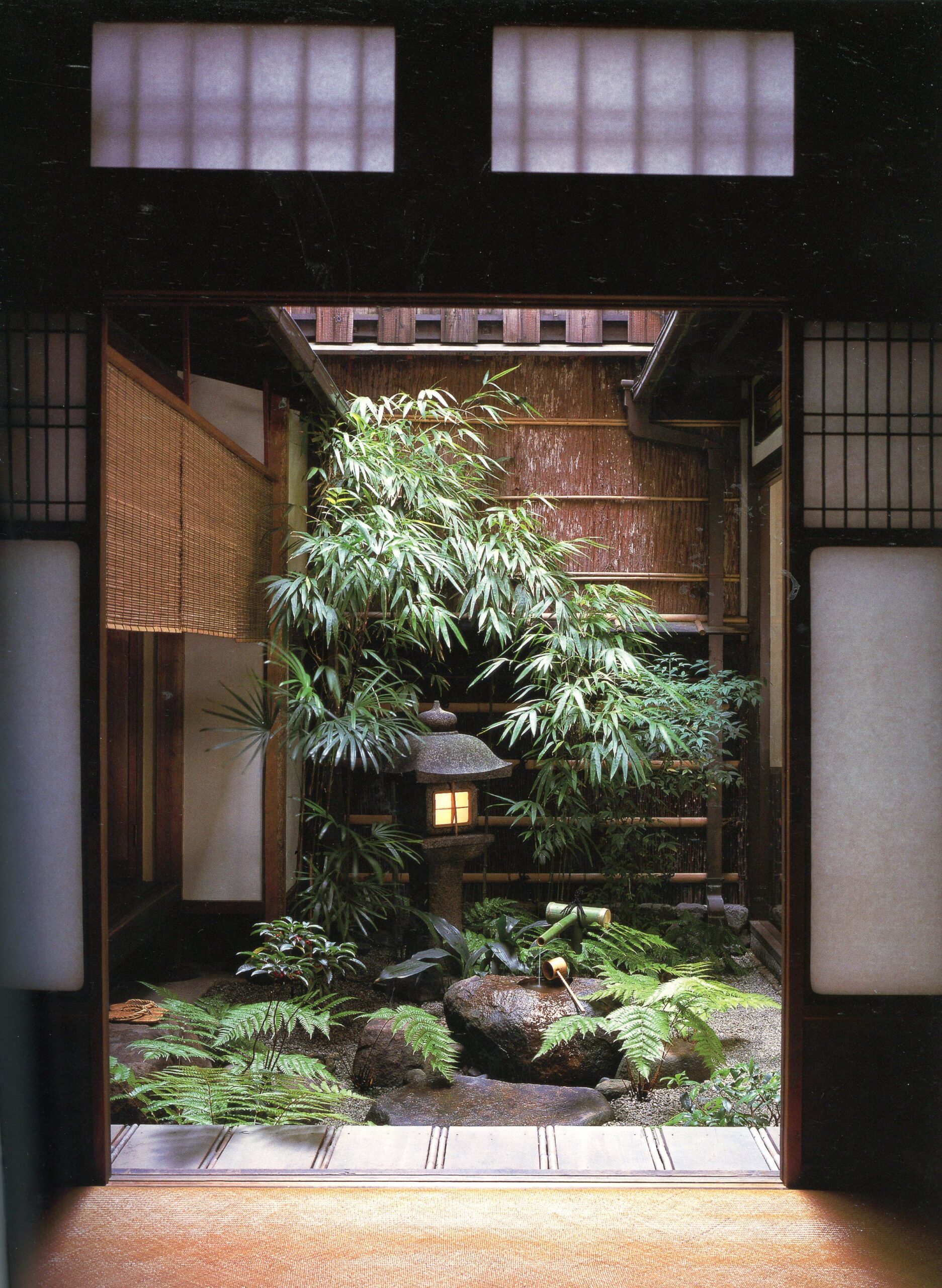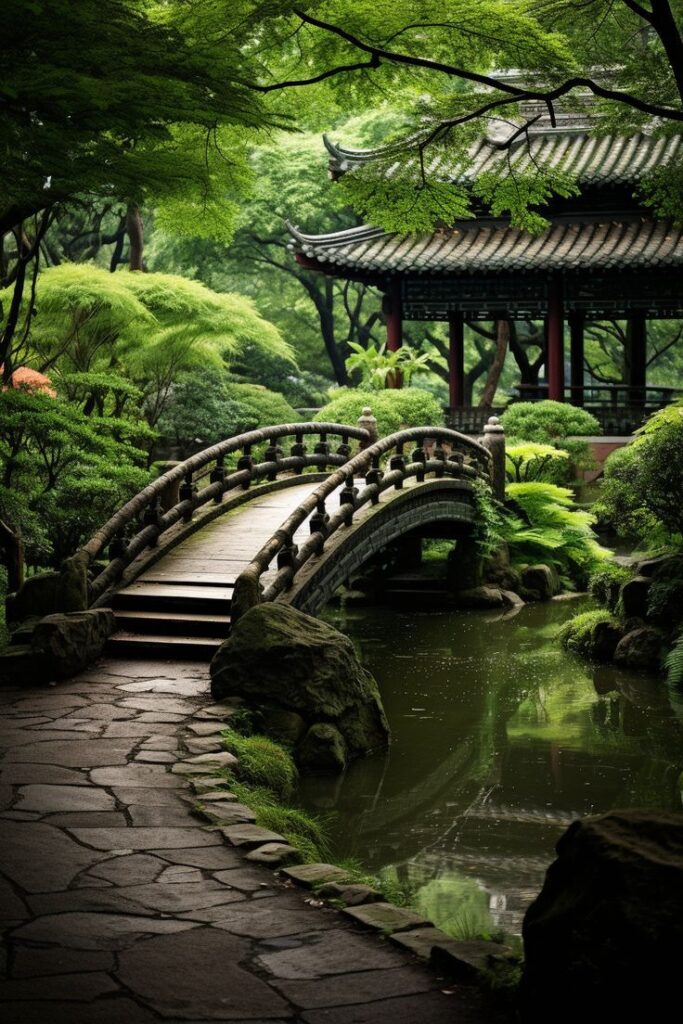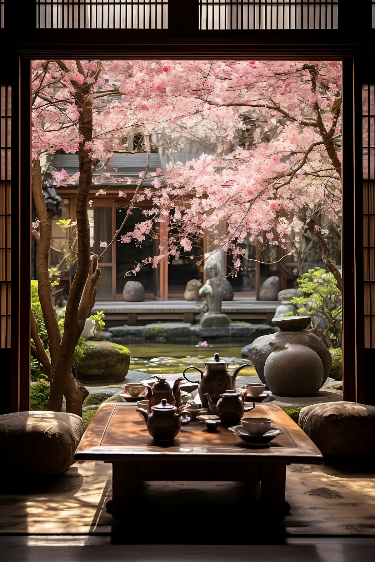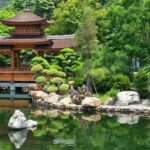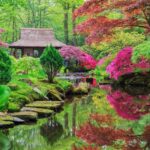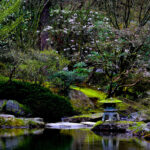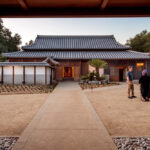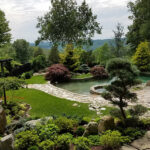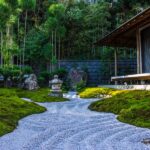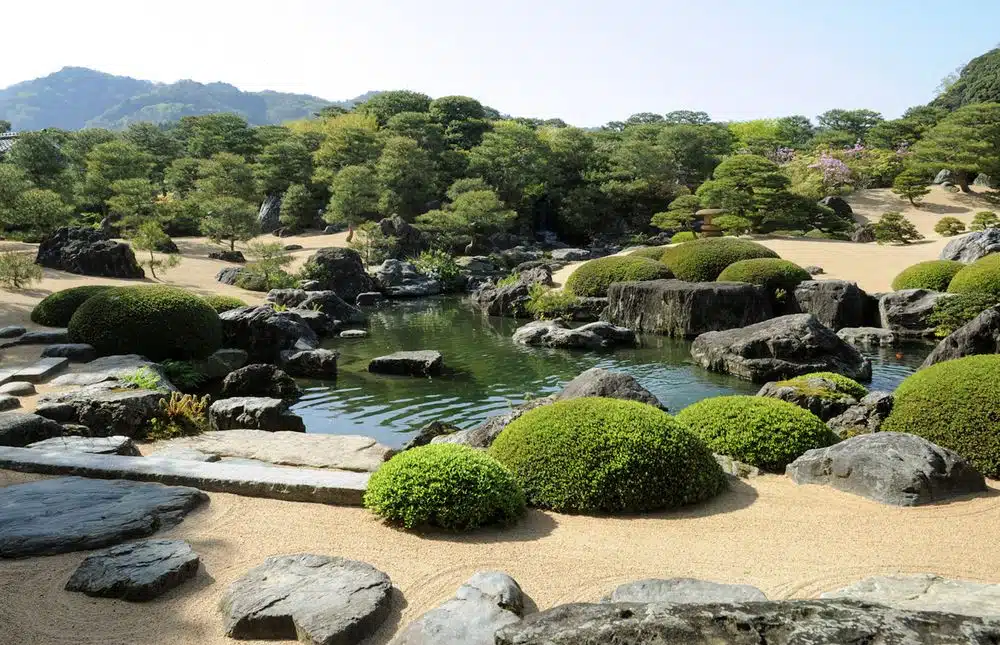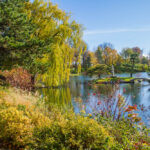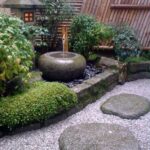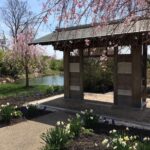Japanese gardens are known for their serene and tranquil beauty, drawing inspiration from nature and traditional Japanese culture. These gardens are designed to create a harmonious and peaceful atmosphere, with carefully placed rocks, water features, and lush vegetation that work together to create a sense of balance and tranquility.
One of the key elements of a Japanese garden is the use of water features, such as ponds, streams, and waterfalls. Water is believed to have a calming effect and is often used to create a sense of movement and flow within the garden. In addition to its aesthetic appeal, water also serves a practical purpose in a Japanese garden, providing a source of irrigation for the plants and creating a habitat for fish and other wildlife.
Another important element of a Japanese garden is the use of rocks and stones, which are strategically placed to represent natural landscapes such as mountains, islands, and beaches. These rocks are often chosen for their shape, size, and texture, and are carefully arranged to create a sense of harmony and balance. In Japanese culture, rocks are believed to embody the spirit of nature and are considered sacred objects that bring strength and stability to the garden.
Plants play a crucial role in Japanese gardens, with a focus on creating a diverse and harmonious plant palette. Trees, shrubs, and flowers are carefully selected for their seasonal interest, color, and texture, with an emphasis on creating a sense of unity and balance. Traditional Japanese plants such as cherry blossoms, bamboo, and Japanese maple trees are commonly used in these gardens, along with moss, ferns, and other shade-loving plants.
Pathways and bridges are also important elements in Japanese gardens, providing visitors with a way to explore the garden and experience its beauty up close. Pathways are often made of stone or gravel and meander through the garden, leading visitors past water features, plants, and rocks. Bridges are used to cross over ponds and streams, providing a focal point and a sense of connection between different areas of the garden.
In addition to their aesthetic beauty, Japanese gardens are designed to evoke a sense of tranquility and mindfulness, encouraging visitors to slow down and appreciate the beauty of nature. These gardens are often used as places for meditation and reflection, with carefully designed elements that help create a sense of inner peace and serenity. By incorporating natural elements such as water, rocks, plants, and pathways, Japanese gardens create a sacred space that allows visitors to connect with the natural world and find solace in its beauty.
 yishifashion Where Outdoor Dreams Become Reality
yishifashion Where Outdoor Dreams Become Reality
